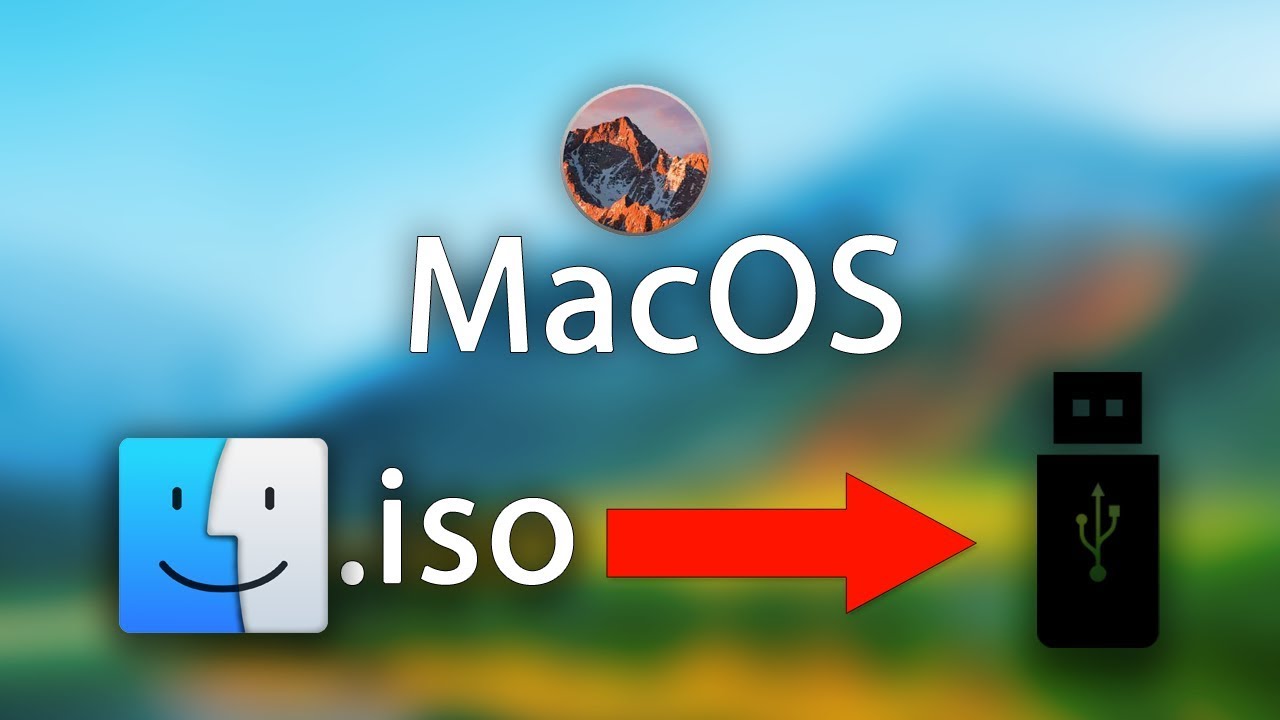
/MacXPFileChart-56a1b3433df78cf7726d2719.gif)
- #BURNING MAC OS ON WINDOWS FOR MAC#
- #BURNING MAC OS ON WINDOWS INSTALL#
- #BURNING MAC OS ON WINDOWS SOFTWARE#
- #BURNING MAC OS ON WINDOWS ISO#

#BURNING MAC OS ON WINDOWS ISO#
#BURNING MAC OS ON WINDOWS INSTALL#
I prefer to use homebrew to install applications, you can check this article for more information: Installing Applications on Mac with Homebrew:īrew cask install -appdir="/Applications" unetbootin You also can use the terminal and the command diskutil to see the list of drives: diskutil listĭownload the dmg directly from the Website.Īnd copy the app to the /Application folder. Check the path name of your USB Disk.Īlways in Disk Utility, select the new partition that we created in the previous step, and click on the information button, it will give you the information about the new partition.
#BURNING MAC OS ON WINDOWS SOFTWARE#
UNetbootin is free software and it is also available for Windows and Linux.
#BURNING MAC OS ON WINDOWS FOR MAC#
I will show you how you can use UNetbootin to create a bootable USB, it can be used no only for Mac but for Windows and Linux distributions too. This is the command to copy the files from the ISO to the USB: cp -rp /Volumes/CCCOMA_X64FRE_EN-US_DV9/* /Volumes/WINDOWS10/Īnd that is all, now you can try boot from the USB. Try to follow the instructions to format the USB in ExFAT, NTFS works for some BIOS). This process could fail if you are using a USB with FAT32 because the file install.win is over 4GB, if this is the case try to open the terminal and copy paste the files from there (no always works.


You also can format the USB from the terminal, but you have to take care to use the correct device because, if you use the wrong name you will lose everything. If for some reason it fails, probably is because MacOS still using the USB, just repeat the steps, but if you see a screen similar to above screen is because the operation is successful. In the next screen make sure you select these two options: Select your USB device in the list (not the partition), right click and then click on the Erase option: You need to show all the devices in Disk Utility" before to start the process. In order to boot from the USB, you need to format the USB to ExFAT, you can do it using Disk Utility (it comes with MacOS). Format USB to ExFAT (Under your own risk) The first step for both methods requires to format your USB device to NTFS, this is the default filesystem, alternative you can use ExFAT but the installation could fail. The reason is that I was only using UNetbootin to create the bootable USB, I will leave guide as a second method since it still working, and I will explain to you how you can create the bootable Windows USB without extra software. I am updating this post today Dec 12, 2018. The last release of Mac OS doesn't have the option to create a bootable USB from Bootcamp like previous versions, and it is a problem because that require uses other tools.


 0 kommentar(er)
0 kommentar(er)
